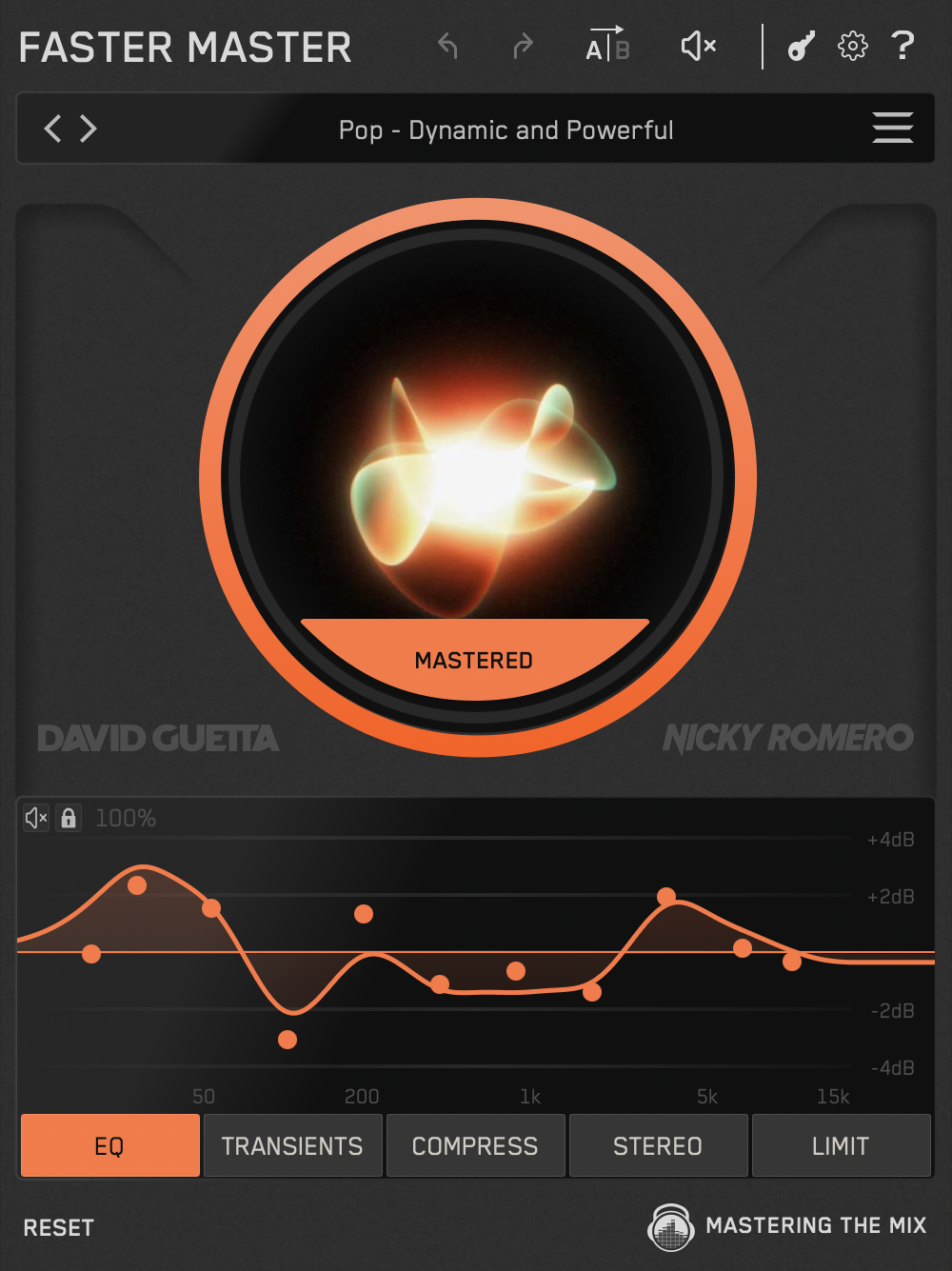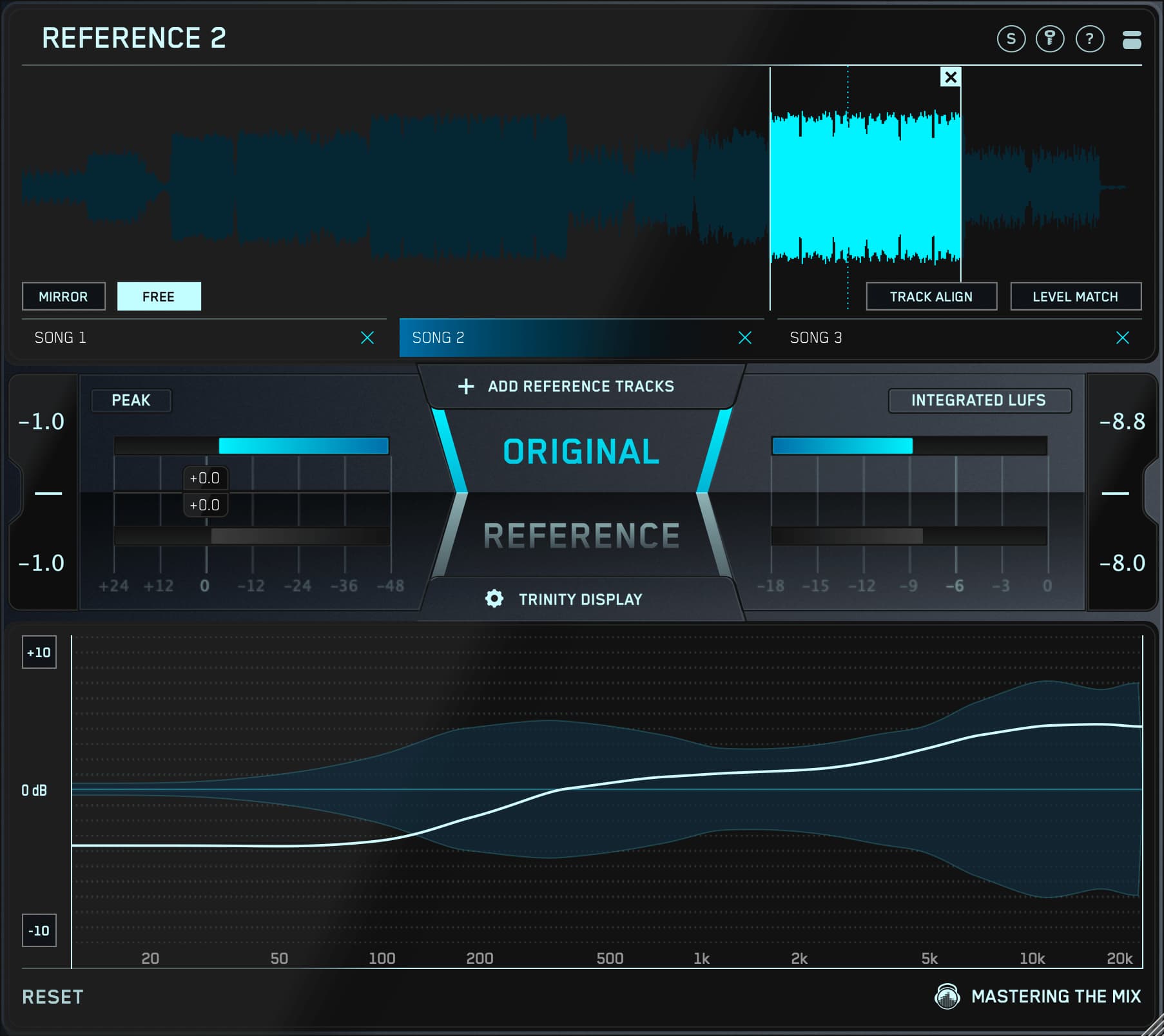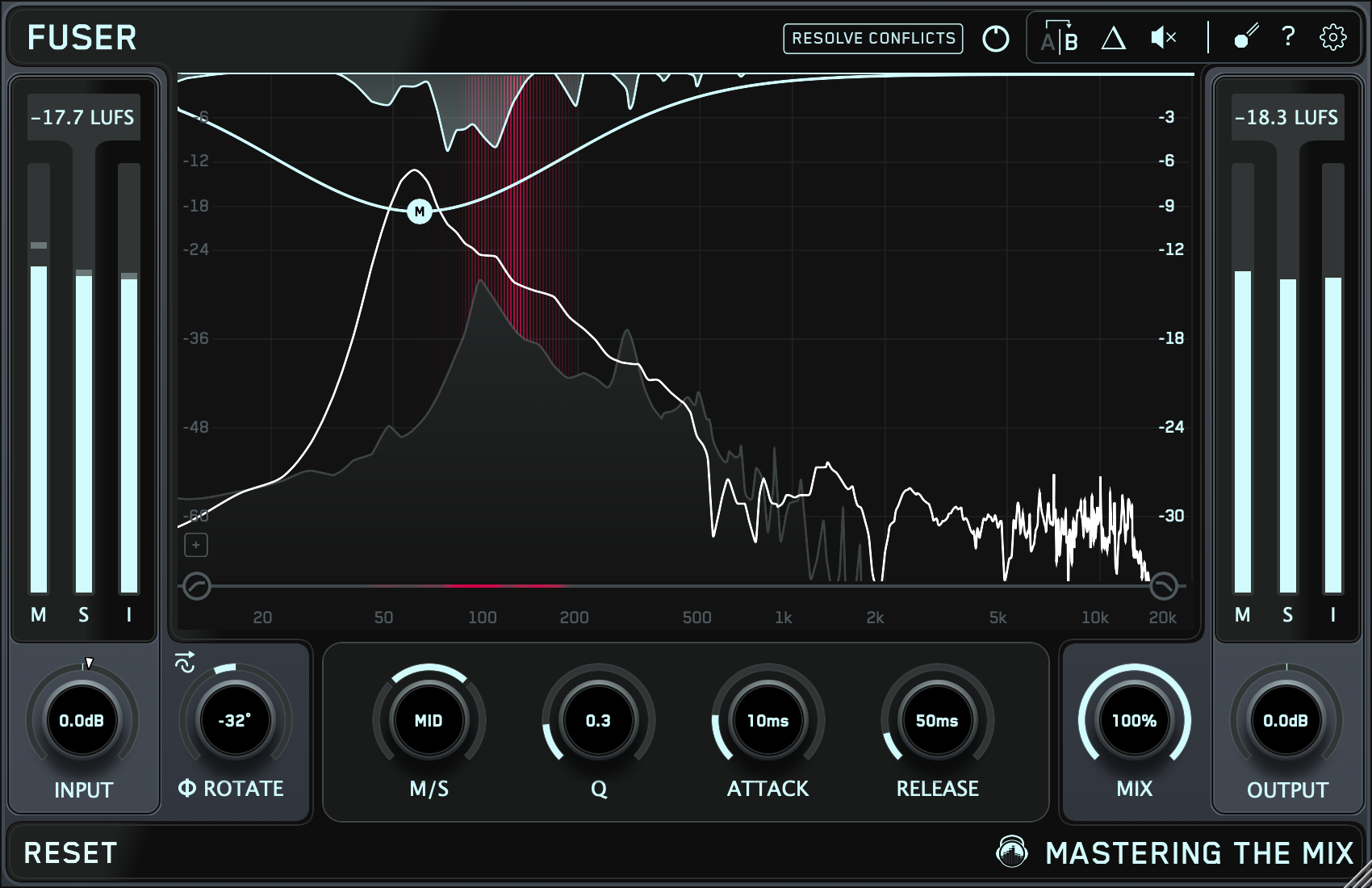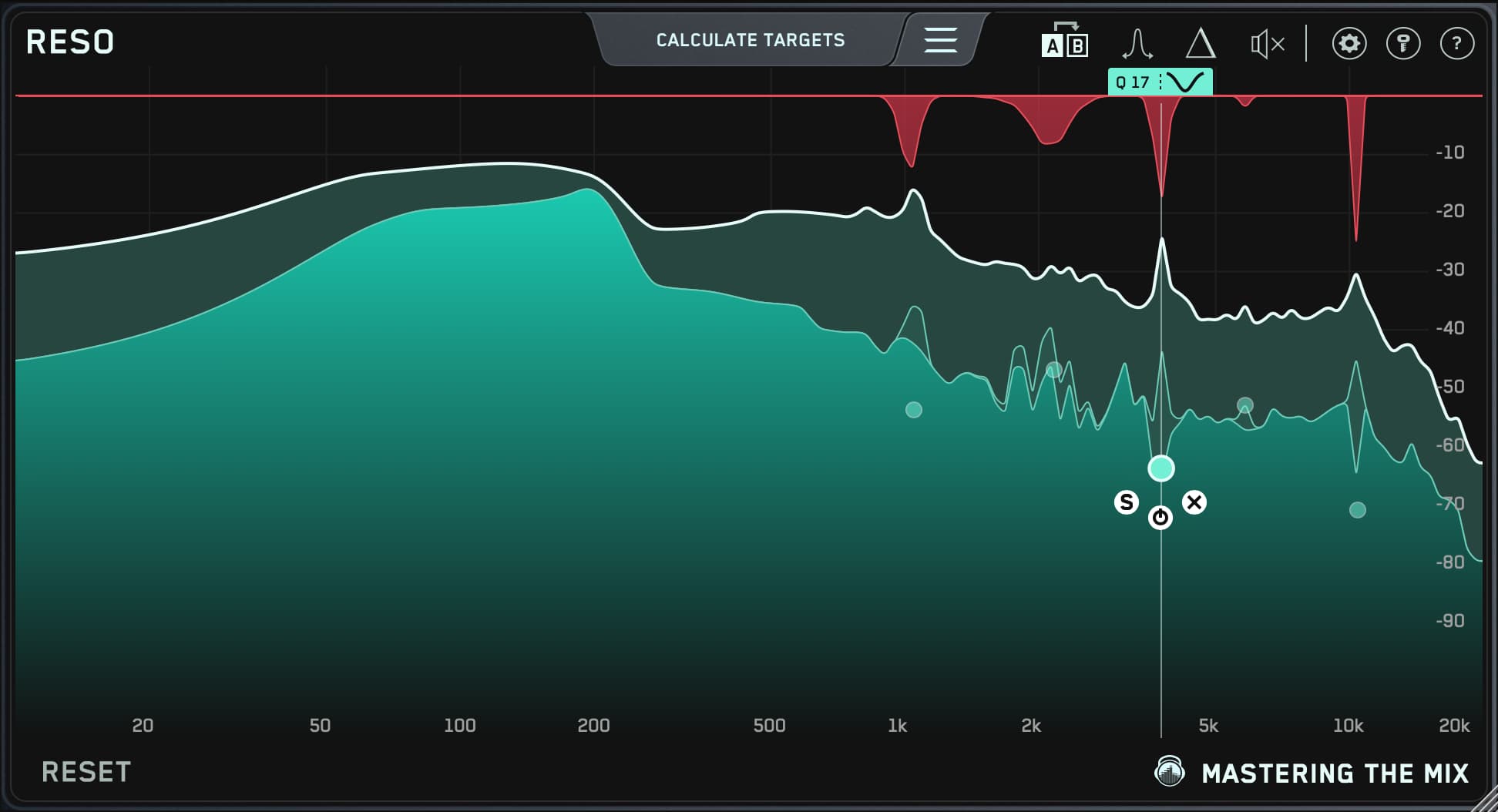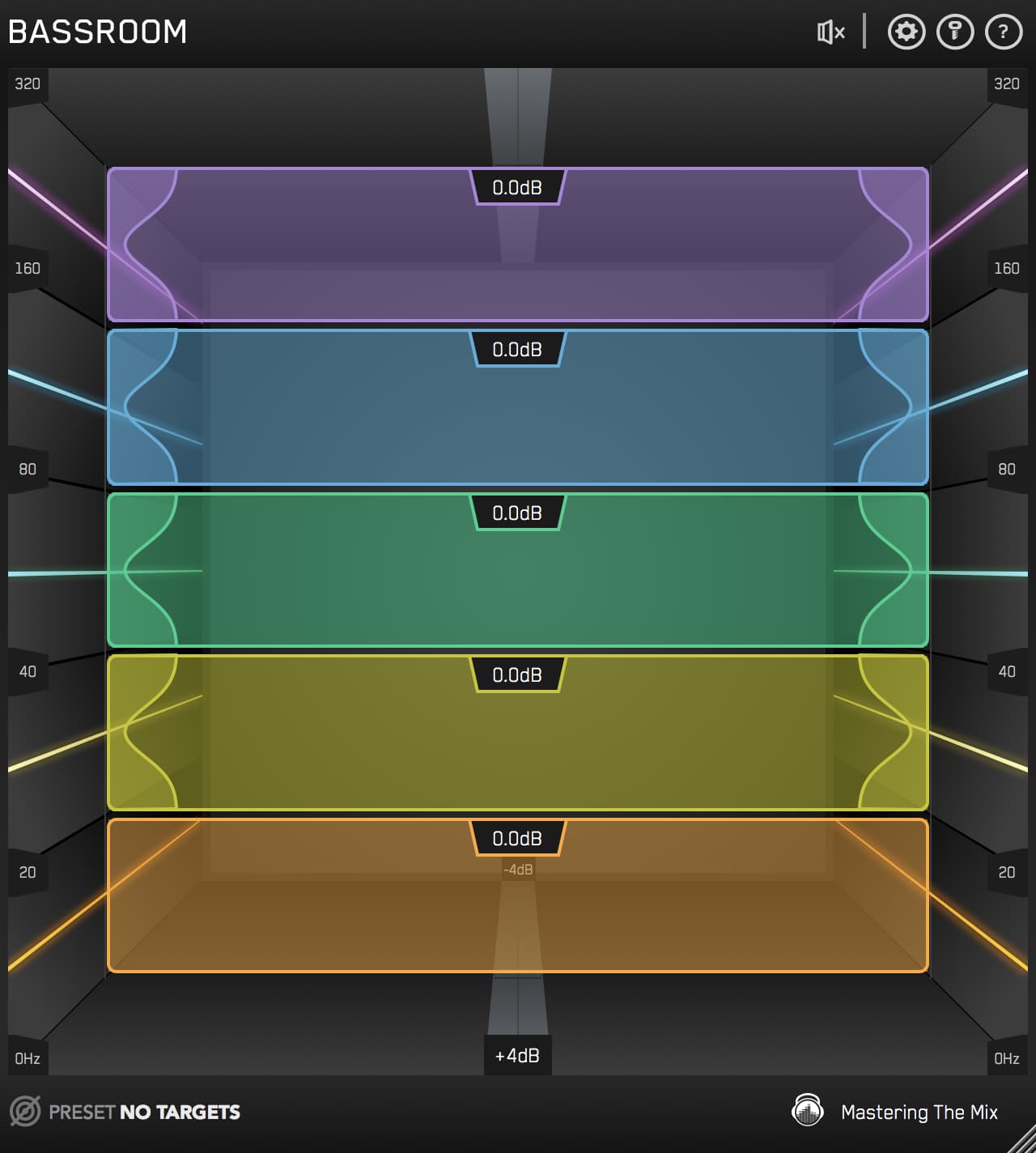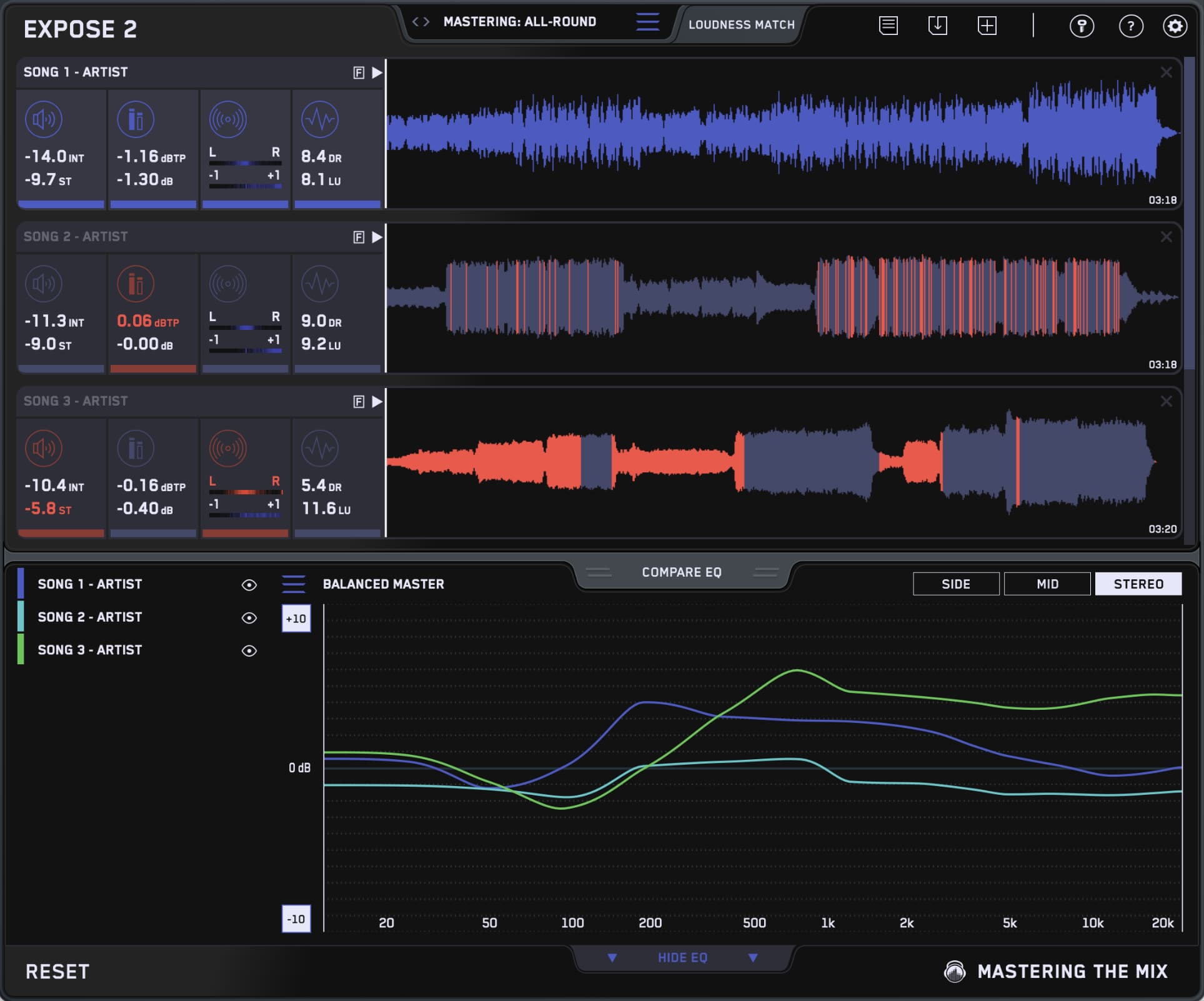Punch is a crucial element of any mix or master. But it can be tricky to know if your track has the right amount of punch—or what to do if it doesn’t. In this blog, we’ll teach you how to dial in the perfect amount of punch for any track. But first, let’s break down the basics.

What Is Punch?
The term “punch” is used often while discussing mixing and mastering—but what does it actually mean?
Punch is just a cool word for dynamics. When people say a track needs more punch, they want the transients to sound more dynamic. They want the snare drum and synth plucks to jump out of the speakers and punch them in the face—BAM!
The secret to dialing in a punchy master is making transients as exciting as possible.
Below, we’ll break down some of our favorite tips for creating punchy mixes using compression, dynamics processing, saturation and more.
But first, we need to talk about how to identify if your mix has too much or not enough punch.

How To Tell If Your Mix Has Too Much Or Not Enough Punch
It’s usually pretty easy to spot mixes that are lacking punch. They sound dull, flat and lifeless—as if every instrument in the mix is playing at the same volume all time time. There’s no movement or dynamics. Everything just feels static.
In most cases, if a mix is lacking punch, it’s usually due to over-compression. Performers are inherently dynamic, so if your track feels lifeless, make sure you didn’t smash the life out of it with a compressor somewhere along the line.
However, it can still be tricky to tell if your mix has the right amount of punch. LEVELS makes it easy to visualize the amount of punch your mix has in the Dynamic Range window. Add LEVELS to your master stereo output directly after your limiter. If your music has a dynamic range above the set threshold, the oscilloscope will glow green. If your music approaches the threshold it will begin to turn orange, and if your music exceeds the threshold, the oscilloscope will turn red.

What Accentuates Bad Punch And How To Pin-Point The Issue
Mixes with too much punch are typically caused by one of three things. First, make sure your levels are balanced. If one instrument is significantly louder than another—say the snare drum—it becomes impossible to turn up the song loud enough to hear the vocal without getting punched in the head by the snare.
Particularly dynamic performances can also make a track sound overly-punchy. If a drummer hits the snare at a different velocity every time, it will be tricky to keep it consistent throughout the mix.
Finally, make sure you’re not over-compressing any tracks. Compressors with fast attack times and aggressive ratios can cause a nasty pumping sound effect.
Still, even knowing what to look for it can be tricky to tell if a track needs more or less punch.
With REFERENCE, you can easily compare your track to your favorite mixes. Drag your reference mixes into the Wave Transport, engage the Level Match feature, and press play to compare the punch of your reference tracks.
The Punch Dots in the Trinity Display show the dynamic range of your material.
If the Punch Dots move towards the 0dB line, your track is more compressed than your reference, meaning it might lack punch.
If the Punch Dots move away from the 0dB line, your track is less compressed than the reference tracks, meaning it could be too punchy.

How to Add More Punch to Your Mix
There are several ways to add punch while mastering. First, make sure that your low-end is in check. If there are any phase problems or masking issues in the low-end, your track will feel weak and lack punch.
BASSROOM is great for quickly cleaning up problems below 300 Hz. Select one of the target presets and press play for BASSROOM to automatically make EQ suggestions to help balance your sound and reveal more punch.
Another common solution is to use a compressor with a slow attack time and fast release time.
The slow attack time lets the initial transient through, allowing you to hear the full impact before the compressor engages. The fast release time helps add excitement by quickly reducing the transient peak and creating dynamics.
For even more punch, try using parallel compression. Send your mix to an aux channel and smash it to pieces. Use an aggressive ratio with fast attack and release times to emphasize the pumping effect.
Many compressors begin to distort when pushed to the limit, which can also add excitement. To enhance this effect, use a colorful compressor like a FET or tube design.
Logic Pro X’s stock compressor is an excellent option, as it features multiple FET compressor emulations and a built-in distortion unit with soft, hard and clip settings that are perfect for adding punch to tracks.
If you’re not working in Logic, you can use any tape machine emulation or distortion unit plug-in like IGNITE to add harmonics. Just be careful not to over-do it. For a more subtle effect, try adding saturation in parallel and blending it with the original track.
If you’re looking for the fastest, easiest way to add punch to any mix, check out PUNCH. This powerful transient enhancing plug-in is perfect for making kicks, snares and more punch through your speaker.
Reduce the threshold so it’s below the average audio level and increase the percentage slider to add more punch. To add punch to a specific instrument in the mix such as the kick or snare, use the frequency filter to isolate its frequency range.

How to Reduce Punch In Your Mix
For mixes that sound too dynamic, try using a fast-acting limiter. By using a brick-wall limiter with fast attack and release times, you can easily put a ceiling on any transients in your mix.
If a limiter sounds too harsh or causes your mix to feel unbalanced, try using multiple compressors in serial. By using two or more compressors with less aggressive settings, you can achieve the same results without creating distortion or artefacts.
If that still doesn’t cut it, try going back into the mix and using a transient control plug-in or envelope shaper on the individual tracks that are causing the issues—likely the kick and snare. SPL’s Transient Designer and the Waves Smack Attack are both great tools for transient shaping. For even more control, draw your own transient envelope using Logic’s Enveloper tool.

Now that you know how to tell if your mix has the right amount of punch and how to fix it, you can use these tips to create professional-sounding masters with the perfect amount of punch.


